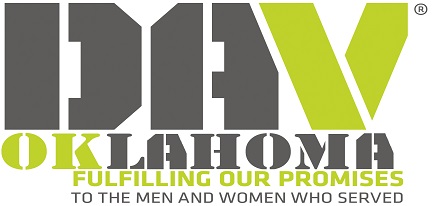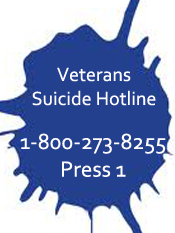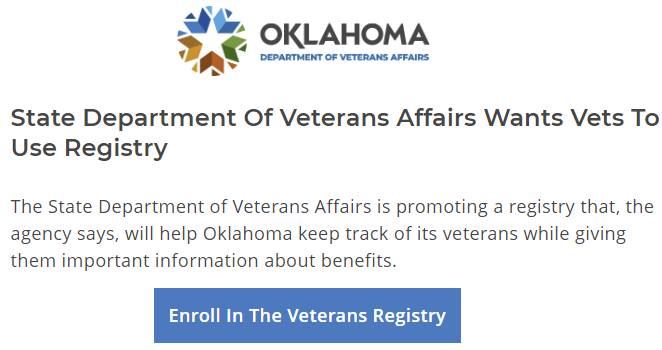For DAV Departments and Chapters
Volume 8, No. 1 Winter 2016
FEDERAL CHARTERS: WHAT DO THEY MEAN?
Part One
DAV is one of a handful (roughly 100) of organizations
that have been granted a “federal” or “Congressional”
charter. This concept is somewhat puzzling to the
public and sometimes even mystifies government
officials. In this and the next issue of the Nonprofit
Advisor, we will clarify this somewhat arcane concept.
Who came up with the idea of a “federal charter”?
The federal charter as it exists in the United States
appears to be a direct descendant of the so-called
European “royal charter.” The earliest known charters
date back to the medieval period (i.e., 800 A.D. – 1400
A.D.) and were used by monarchs to create towns and
important institutions such as colleges and universities.
Royal charters gained special popularity in Great Britain
and Scotland. In those countries, the medieval uses of
the charter were somewhat expanded. Some charters
were granted simply for the creation of necessary
institutions, such as the British East India Company.
However, some were granted to honor existing
institutions and to acknowledge their “pre-eminence,
stability and permanence.”
The varied uses of the royal charter made their way into
the practices of the earliest American colonies. One of
the first charters issued on our shores dates back to
1639 and was promulgated by an “Act of the Great and
General Court of the Massachusetts Bay Colony.” That
charter created Harvard College, now Harvard
University.
What is the purpose of the “federal” or
“Congressional” charter as we know it?
The practice of the chartering by Congress of patriotic,
charitable and other organizations of civic value was
most prominent in the middle third of the last century.
Typically, the chartered organizations originally existed
as state corporations (or unincorporated associations)
and subsequently sought the Congressional recognition.
This was the case, for example, with DAV. Founded a
dozen years before the grant of its federal charter in
1932, the organization had been incorporated in Ohio.
That incorporation was superseded by the
Congressional enactment, which was signed into law by
President Herbert Hoover on June 17, 1932. It has been
amended on a few occasions over the years, but, in
essence, remains very much as originally enacted.
There is no “one” purpose for a Congressional charter.
Given the early recipients of the charters (the major
veterans organizations, Boy Scouts, Girl Scouts, Little
League Baseball), it is clear that Congress intended to
reserve the status for important and unique entities.
Indeed, in 1965, President Johnson vetoed a bill to grant
a charter to a civic affairs group and complained that
“Federal charters should be granted, if at all, only on a
selective basis and . . . they should meet some national
interest standard.” Unfortunately, by this time, the
significance of a charter had been somewhat diluted.
Organizations were seeking charters in part because of
the Congressional “approval” that they seemed to
connote. Such approval could often be translated, even
indirectly, into a financial benefit.
Five years later, the House and Senate agreed to a joint
statement of policy under which federal charters were
to be reserved to organizations “organized and
operated for the primary purpose of conducting
activities which are of national scope and responsive to
a national need.” The result of this has been a
dramatic decline in the number of newly-issued
charters.
How and why would a charter ever be amended?
It is difficult to amend a federal charter. It requires –
literally – an Act of Congress. Typically, an amendment
is made so that the charter more accurately reflects the
character of the organization. For example, as originally
chartered in 1932, DAV was named “Disabled American
Veterans of the World War.” Geopolitical
circumstances changed rapidly in the next decade, so
that in 1942 President Franklin Roosevelt signed into
law an amendment to the DAV charter changing the
name of the organization to “Disabled American
Veterans.”
What about the current amendment to DAV’s charter?
The current (proposed) amendment to the DAV charter
is intended to reflect clearly two undeniable facts. One
is that the organization’s charitable activities now dwarf
everything else it does. The other is that DAV has long
been the primary institution educating the American
people about the sacrifices and needs of disabled
veterans.
Is there, then, no legal significance to the charter?
The question of federal chartering has given rise to
numerous legal issues over the years. Some of those
will be explored in the next edition of our newsletter.
Nonprofit Advisor is prepared by the Office of the DAV’s General Counsel and is published quarterly for the informational use
of DAV Departments and Chapters. This newsletter is not intended to replace legal advice that may be required to address
individual situations.




